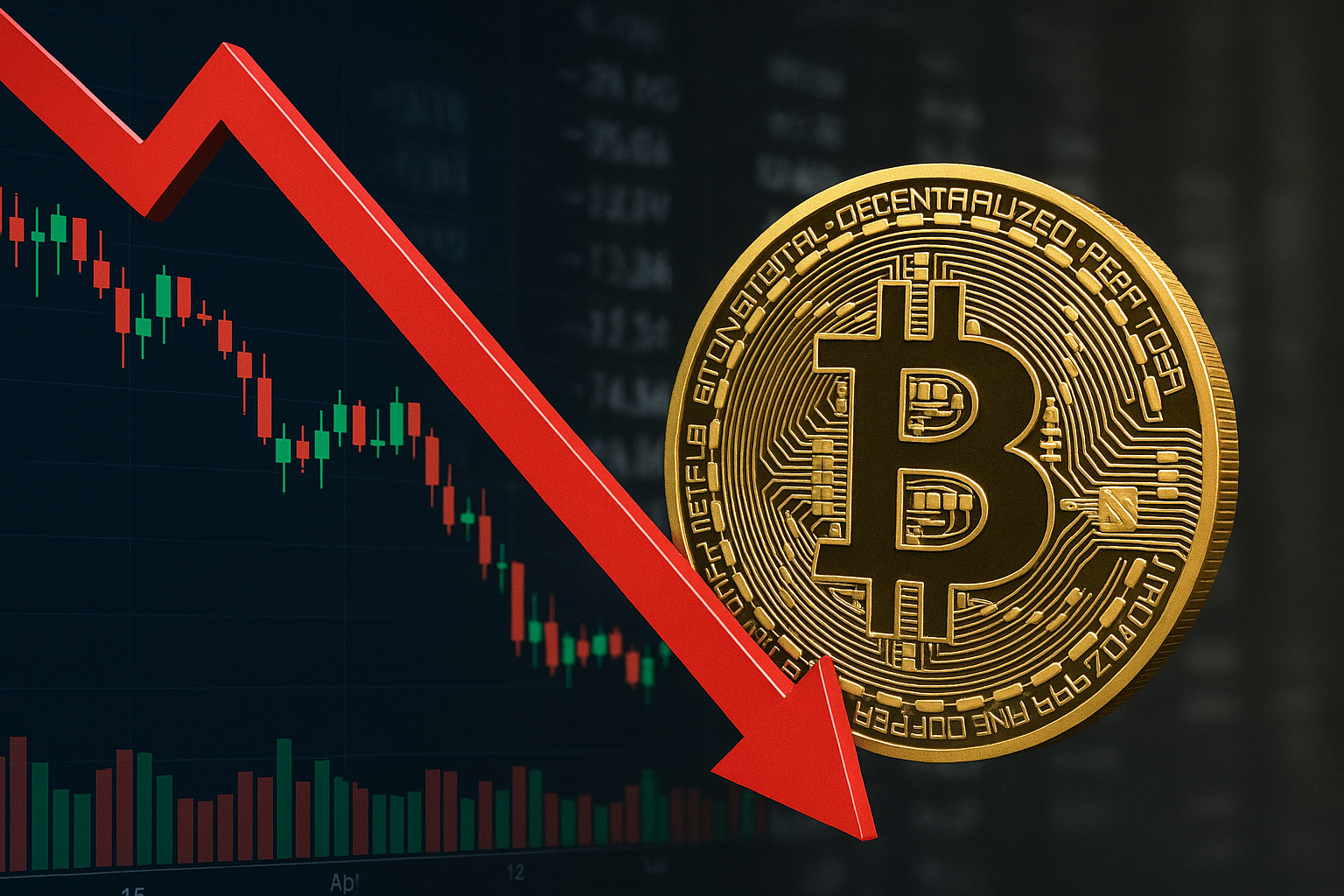Blog

The U.S. Keeps Stocks Artificially High to Cover Its Debt – When They Fall, Crypto Will Surge
The U.S. stock market often looks like a never-ending climb. Major indices like the S&P 500 and Nasdaq keep breaking records, and the headlines paint a picture of a “healthy economy.” But behind this façade lies an uncomfortable truth: America’s national debt is exploding at an unprecedented pace.
And while stocks appear strong, many analysts argue that this strength is being artificially propped up — part of a mechanism that allows the U.S. government to keep financing its massive debt.
Why must stocks appear stable?
The U.S. is carrying a mountain of debt — over $34 trillion. To service interest payments and refinance that debt, the government needs to maintain investor confidence.
If the stock market were to crash, investors would lose their appetite for risk and start pulling out of equities and even bonds. That could weaken the dollar and make the debt burden even harder to manage.
This is why keeping markets afloat isn’t just an economic choice. It’s a matter of national security.
How is the “bubble” kept alive?
Monetary policy: Even with high interest rates, the Fed signals readiness to intervene with money printing or stimulus if cracks appear.
ETFs and derivatives: Enormous flows can be directed into a handful of companies to keep index levels high.
Dependence on mega-cap giants: The so-called “Magnificent 7” (Apple, Microsoft, Nvidia, etc.) carry disproportionate weight, creating the illusion of market strength even while smaller companies struggle.
The problem: it can’t last forever
An artificially supported market eventually reaches a breaking point. Valuations are already stretched, while the global economy shows signs of slowing.
When stocks start to falter, capital will need to move somewhere. Investors will seek alternatives — assets not tied to U.S. debt or the political decisions of Washington.
Crypto as the escape hatch
Here’s where Bitcoin and crypto come in.
Decentralization – No government can “print more” Bitcoin. That stands in stark contrast to the dollar and Treasuries.
Liquidity – Crypto trades 24/7, across borders. In a crisis, that’s unmatched flexibility.
Institutional presence – ETFs, public companies, and even countries holding BTC make entry easier for big investors.
“Digital gold” narrative – As trust in traditional markets erodes, Bitcoin looks increasingly like the alternative store of value.
When the façade cracks
The tipping point could come suddenly — a geopolitical shock, a crisis of confidence, or another financial panic. And when that happens, crypto could see its strongest rally yet.
Not because it suddenly became less risky, but because everything else will look riskier.
What this means for crypto investors
Short term: volatility will be intense. If stocks crash, crypto might dip at first too.
Medium to long term: Bitcoin and other digital assets will stand out as instruments beyond the reach of central banks. That’s exactly what attracts capital in times of uncertainty.
The U.S. stock market may hold up a bit longer, but its foundations are shaky. When the façade finally collapses, crypto will be waiting — ready to absorb the wave of capital seeking a new safe haven.